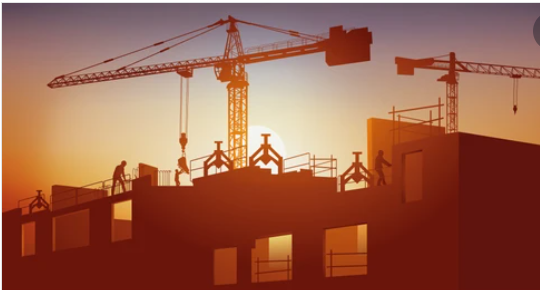In October 2020, Tor Inge Hjemdal, CEO of Design and Architecture Norway (DOGA), presented the results of interviews with construction professionals. Four new innovative concepts have resulted from these interviews. The main question asked was simple: What if we built differently? Rather than build to own, operate and then demolish, what if we built to […]

In October 2020, Tor Inge Hjemdal, CEO of Design and Architecture Norway (DOGA), presented the results of interviews with construction professionals. Four new innovative concepts have resulted from these interviews.
The main question asked was simple: What if we built differently? Rather than build to own, operate and then demolish, what if we built to promote a sense of community and togetherness, to optimize quality and transformation, instead of simply throwing it all away?
The four promising new construction concepts presented by DOGA could be implemented in the more or less immediate future.
Leasing: We could transform products into services through a system of leasing rather than selling a completed building outright. By renting out items whose lifespan is, in principle, shorter than that of the building itself (for example, lighting or elevators), the focus is on the quality and lifespan of equipment and materials rather than on supplier-owner relationships.
License: Licensed work would allow us to acquire concepts or elements (exp., a staircase) that already exists, then adapt them to the current project in order to offer a new, functional and less expensive solution.
Reuse / recycling: From the very beginning, the design could take into account reuse and recycling in all processes: the building itself, but also materials, equipment, transport and even production methods.
Shared ownership: Finally, the social responsibility mission of a building would undoubtedly be strengthened through a system of cooperation and joint ownership (not simply adding more owners and properties). In doing so, we would be more interested in the impact of a building on the social environment than in construction as an end in itself.
DOGA’s proposals fit perfectly with current thinking on the future of construction, which must face up to four major interrelated issues: climate change (how to make buildings livable when confronted with increasing temperatures?), decarbonization (how to build without worsening climate change?), resource depletion (how to reuse existing materials to cope with the depletion of sand, for example?), the demographic growth of cities (how to shelter the growing population while taking into account the three previous factors?).
There are many answers and solutions, but DOGA’s approach is interesting because they think in terms of a business model, not just in terms of individual solutions. Their work fits into a Norwegian context that is particularly favorable to this type of thinking, which can be a source of inspiration and collaboration for the infrastructures of tomorrow.
by Mladen ZGELA
